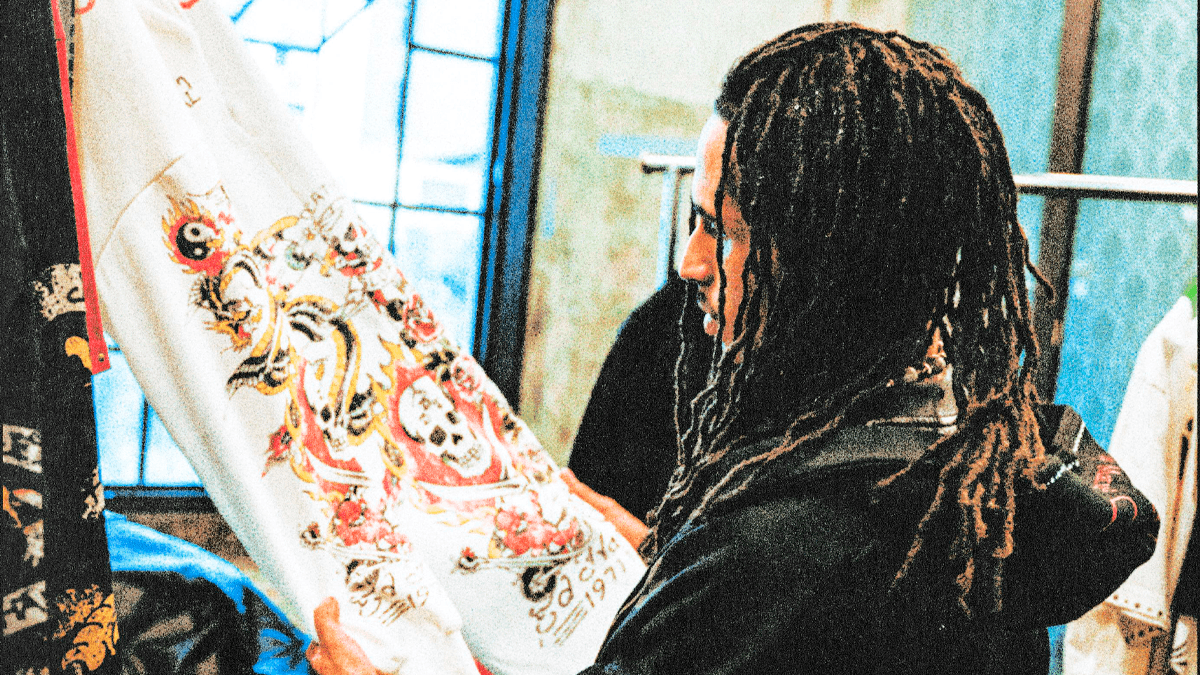The language of Brazilian Cinema Novo
Between the late 1950s and the mid-1970s, Brazil experienced one of the most intense periods of its cultural history.
It was during this interval that the Cinema Novo asserted itself as a movement capable of redefining the role of the image in a country marked by inequality, dictatorship, and deep social contradictions.
The Cinema Novo was an attempt to create a unique language tied to the concrete conditions of Brazil, without relying on imported formulas from Hollywood or industrial entertainment. Its political starting point reflected a moment when artists, intellectuals, and activists sought to interpret the country from within.

The context of origin is fundamental. During the 1950s, Brazilian cultural policy was dominated by the industrial model of Atlântida and Vera Cruz. The former produced chanchadas that combined popular humor, music, and urban comedies, while the latter, inspired by Hollywood studios, attempted to create a national film industry with cutting-edge infrastructure, but failed within a few years.
In both cases, Brazilian cinema seemed divided between shallow entertainment and the frustrated attempt to mimic foreign standards. It was in this scenario that a new generation of filmmakers began to propose another path.
The initial milestone is generally situated in 1955, with the debut of Rio, 40 Graus by Nelson Pereira dos Santos. Filmed on a low budget with non-professional actors, the film portrayed the everyday life of peanut vendors on the streets of Rio de Janeiro.
Nelson placed the camera on the streets, filmed common people, and brought to the center of the screen an unequal and uninterrupted city. From there, the notion arose that Brazilian cinema needed to be committed to social reality, rather than to imported models produced in other major centers.

The Cinema Novo consolidated in the 1960s with a generation of directors that includes Glauber Rocha, Cacá Diegues, Joaquim Pedro de Andrade, Leon Hirszman, and Ruy Guerra. Glauber became the most emblematic figure, partly because of the radicalism of his proposals. His film God and the Devil in the Land of the Sun (1964) is considered a central work of the movement, blending elements of the northeastern hinterland, references to cangaço, popular religiosity, and class struggle in a narrative marked by formal experimentation.
Glauber formulated the famous expression “a camera in hand and an idea in mind,” which captured the desire for cinema independent from large resources, guided more by creative and political urgency than by industrial technique.
The movement was not homogeneous. Joaquim Pedro de Andrade, for example, explored irony and satire in works like Macunaíma (1969), which adapted the modernist novel by Mário de Andrade to reflect on national identity amid uneven modernization. Leon Hirszman, linked to the Communist Party, made films that dialogued with the labor movement and left-wing theater, such as São Bernardo (1972).

Cacá Diegues, for his part, brought Cinema Novo closer to a more popular language, as in Ganga Zumba (1963) and Xica da Silva (1976), without abandoning social criticism. This diversity made Cinema Novo less of a unique style and more a field of debates on how to film Brazil.
The military coup of 1964 profoundly altered this scenario. The tightening of censorship and political repression did not immediately interrupt the movement, but transformed its trajectory. Many filmmakers went into exile, like Glauber Rocha, who lived and filmed in countries in Europe, Africa, and Latin America.

Others adapted their language to circumvent censorship, producing allegorical films that spoke of Brazilian reality through symbols and metaphors. In this sense, works like Land in Shackles (1967) by Glauber gained strength as political parables that challenged repression while still reflecting on the present.
The Cinema Novo directly dialogued with global processes. Its aesthetics resembled Italian neorealism, valuing the everyday, the street, and non-professional actors.
At the same time, it maintained affinity with French references, for its experimental character, break from classical narratives, and political engagement. Glauber Rocha, in particular, defended the idea of a “third world” cinema capable of expressing the contradictions of the global South.
His manifesto “Aesthetics of Hunger” (1965) became a fundamental text, arguing that poverty should not be hidden but shown as a constitutive part of Latin American cultural identity.

The Cinema Novo did not fully resist the hardening of the dictatorship after AI-5 in 1968.
Censorship and political persecution limited production possibilities, and many filmmakers migrated to other formats or adjusted their language. At the same time, part of the audience distanced itself, accusing the movement of intellectual elitism and lack of dialogue with the masses. In the 1970s, new genres, and later the commercial cinema of the 1980s, would occupy space in the market. Nevertheless, the influence of Cinema Novo remained.
The historical importance of the movement is recognized to this day. Cinema Novo put Brazil on the map of world cinema, bringing films to festivals like Cannes and Berlin, and projecting Glauber Rocha as one of the greatest filmmakers of the 20th century.
Its legacy can be seen both in the persistence of an authorial Brazilian cinema, represented by directors like Walter Salles, Karim Aïnouz, and Kleber Mendonça Filho, and in the circulation of its ideas in the academic and political fields. The concept of “aesthetics of hunger” continues to be discussed as a key to thinking about representations of the periphery, inequality, and colonialism in contemporary images.
Cinema Novo is the synthesis of an attempt to reinvent the very function of cinema in a country marked by structural inequalities.
See others like this





